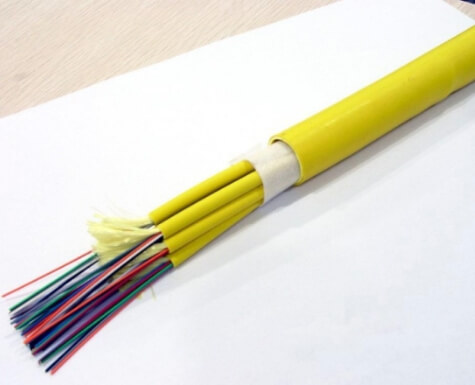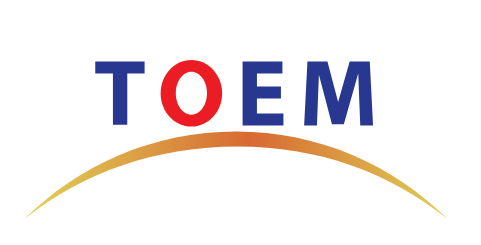Shanghai Gengyun Industrial Co., Ltd
What is fiber optic transmission?Fiber optic transmission principle
Fiber optic transmission is a technology that transmits information through optical signals in optical fibers. Compared with traditional electrical signal transmission, it has the advantages of fast transmission speed, large bandwidth, and low signal loss. The principle, application, and characteristics of Fiber optic transmission principle have become an indispensable and important component of modern communication, data, and transmission fields.
1. Fiber optic transmission principle
The principle of fiber optic transmission is based on the total reflection effect of light waves. Simply put, when light waves enter an optically dense medium from an optically dense medium, due to the difference in refractive index, the light waves are completely reflected and propagate along the axis of the optical fiber. At both ends of the fiber optic cable, a light source and a receiver are used to convert electrical signals into optical signals and transmit them to the other end, which are then converted back into electrical signals to complete the transmission of information.
2. Characteristics of Fiber Optic Transmission
High bandwidth:

The bandwidth of fiber optic transmission can reach several hundred GB/s, with almost no bandwidth restrictions, which can meet the high-speed and high-capacity data transmission needs.
Low signal loss:
The signal attenuation and distortion of optical fiber are very small, and it can transmit signals over long distances without distortion, while also not being affected by electromagnetic interference.
Fast transmission speed:
The speed of light is very fast, about 300000 kilometers per second, so the speed of fiber optic transmission is also very fast.
High security:
Fiber optic transmission is a physical transmission method, and signals cannot be eavesdropped or cracked, with high security.
3. Advantages of Fiber Optic Transmission

Compared to traditional methods such as copper cable transmission and wireless transmission, fiber optic transmission has the following advantages:
Fast transmission speed and large bandwidth;
Small signal loss and long distance;
Strong anti-interference ability and high safety;
Small size, light weight, easy wiring, etc.
4. Fiber optic transmission applications
Fiber optic transmission has been widely used in various fields, including communication, data centers, healthcare, industry, military, etc. Among them, optical fiber communication is one of the most widely used fields of optical fiber transmission, and has been widely used in telephone, mobile communication, Internet and other aspects. In addition, fiber optic transmission is also applied in high-definition video transmission, medical image transmission, industrial automation control and other fields.
In short, fiber optic transmission, as an efficient, stable, and secure information transmission method, will continue to play an important role in the future, and with the advancement of technology and the expansion of applications, it will bring more convenient, high-speed, and intelligent communication experiences to humanity.
